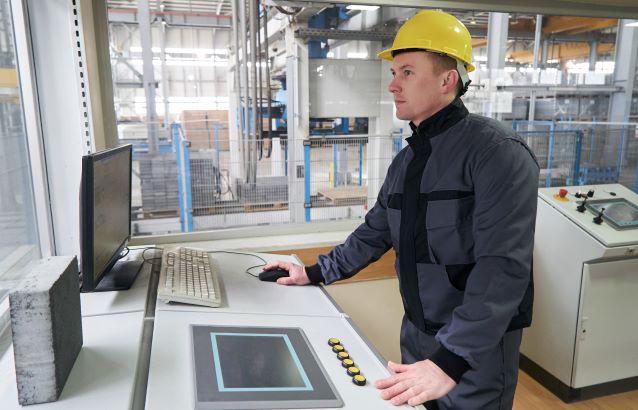AVEVA™ Advanced Process Control, re-engineered
Written by Joseph McMullen, Senior Marketing Manager, Value Chain Optimization – AVEVA
Most people in industry are familiar with AVEVA Advanced Process Control (APC) and its value to industrial processes. They also know that APC’s value has traditionally been limited to when it is on.
Historically, you don’t turn the APC on until the final 15% of the project execution. This means that your company doesn’t start reaping the benefits of advanced process control until the very end of the project. That lowers the ROI and increases the payback period. To make matters worse, you also have to turn off APCs periodically to perform model maintenance, further reducing profitability. None of these limitations are new to anyone who has worked with APC in the past.
What if you didn’t have to wait until the very end of the project to turn the APC on?
What if you didn’t have to turn the APC off to maintain the model?

AVEVA has re-engineered APC with the release of AVEVA APC 2022. It allows you turn on your APC earlier during project execution and keep it on during model maintenance. This means you can benefit from increased profitability, enhanced ROI, and a shorter payback period. Along with other enhancements, AVEVA APC 2022 has introduced closed-loop model adaptation tools. Closed-loop model adaptation completely changes the way APC projects are executed. As a result, it reduces project execution time by 30% and APC model maintenance time by 50%.
Closed-loop model adaptation is made up of 3 features:
1. Enhanced model quality analysis
2. Closed-loop response testing (ePRBS)
3. Model adaptation
Figure 1, below, shows traditional APC project execution methodology, before the 2022 release. Traditionally, process response testing was the project phase taking the most significant amount of time. Additionally, APC could only start optimizing the process at 85% of total project execution time. As a result, project execution took a long time and customers could see the benefits of APC only at the end of a project.

Figure 1. Traditional APC project execution
Figure 2 shows the new way APC project execution works with AVEVA APC 2022. Closed-loop model adaptation in combination with automated process response testing optimizes the process results. It shortens the project execution and allows the APC to be switched on at 60% of the total project execution time. This results in faster benefits to the customer and lower project costs.

Figure 2. APC Project Execution with AVEVA APC 2022
Similarly, before the 2022 release, model maintenance required switching APC off and performing detailed analysis in open loop. This is illustrated in figure 3. In this case, the APC is off during process response testing and controller tuning. AVEVA APC 2022’s enhanced model quality metrics quickly point to underperforming model parts whereas closed-loop process response testing allows for adapting the model while APC is on. This innovation results in shortening APC model maintenance by 50%, as illustrated in the differences between figure 3 and figure 4.

Figure 3. Traditional Model Maintenance

Figure 4. Model Maintenance with AVEVA APC 2022
If the value of an APC is dependent on the APC being on, then the best way to increase profitability is to keep the APC on. AVEVA APC’s performance can be tracked using AVEVAÔ APC Web, AVEVAÔ InsightÔ or AVEVAÔ PI SystemÔ. Closed-loop model adaptation in AVEVA APC 2022—which allows the APC to be turned on for longer— results in the following benefits:
- Reduced project execution time by 30%
- Easier APC model maintenance
- Reduced APC model maintenance time by 50%
Your company has invested in advanced process control—doesn’t your company deserve to reap the benefits?